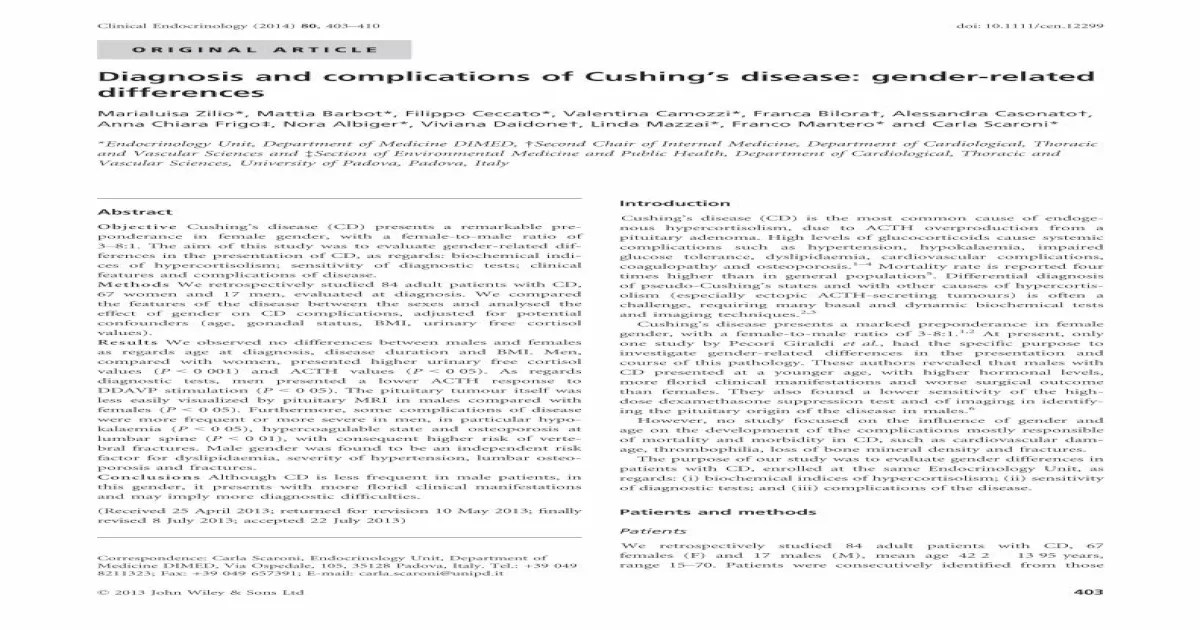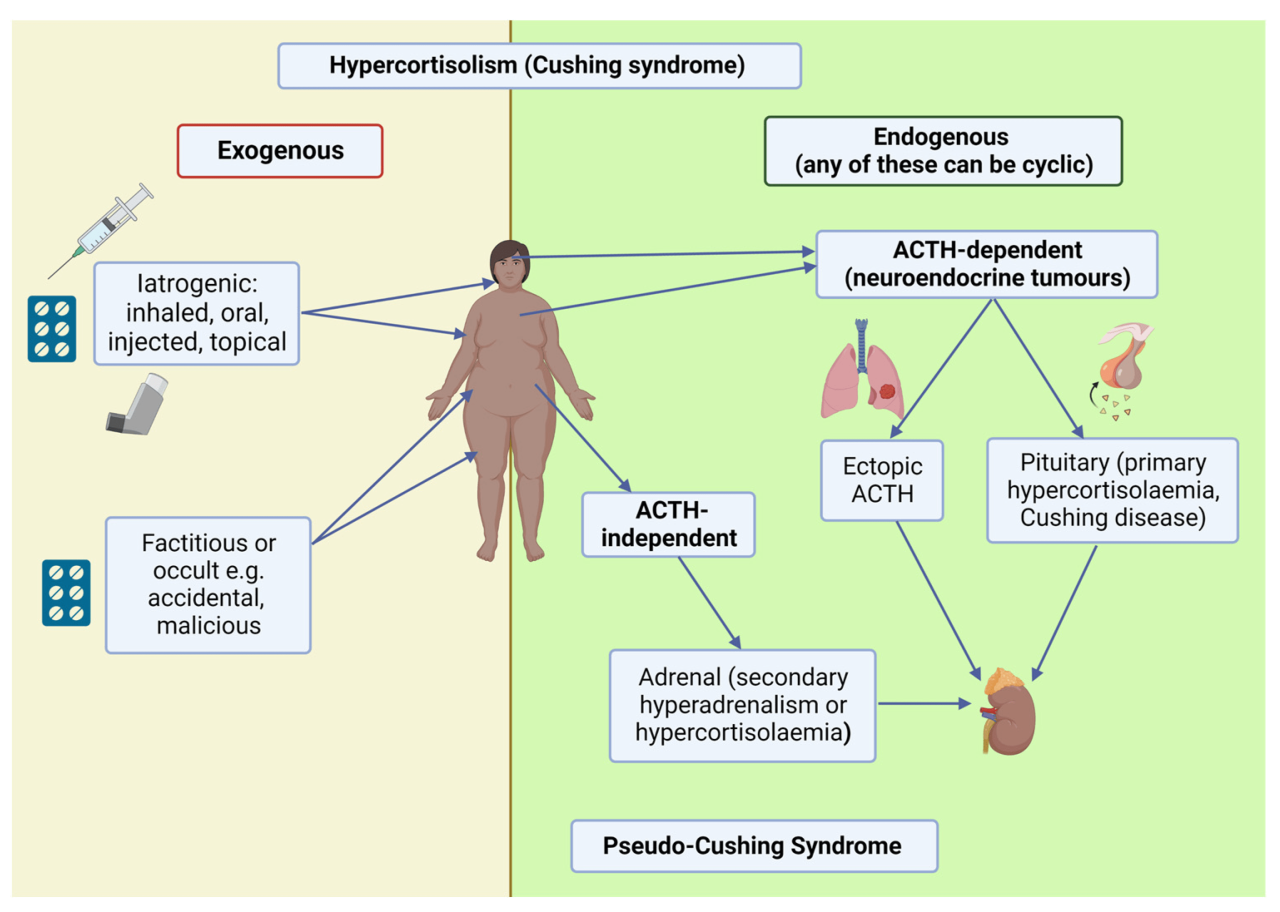Nursing diagnosis for Cushing’s disease is a critical aspect of patient care, providing a framework for understanding the complex pathophysiology, clinical manifestations, and management strategies of this challenging condition. This article delves into the nursing diagnoses associated with Cushing’s disease, exploring their rationale, implications, and nursing interventions.
Cushing’s disease, characterized by excessive cortisol secretion, presents a myriad of signs and symptoms that can significantly impact patients’ well-being. Nurses play a pivotal role in identifying and managing these symptoms, ensuring optimal outcomes and improving patients’ quality of life.
Overview of Cushing’s Disease

Cushing’s disease is a condition caused by the overproduction of the hormone cortisol by the adrenal glands. This overproduction can be caused by a pituitary tumor or other factors.
The pathophysiology of Cushing’s disease involves a disruption in the normal feedback loop that regulates cortisol production. The pituitary gland, located at the base of the brain, produces adrenocorticotropic hormone (ACTH), which stimulates the adrenal glands to produce cortisol. In Cushing’s disease, a pituitary tumor or other abnormality leads to excessive ACTH production, resulting in increased cortisol levels.
The signs and symptoms of Cushing’s disease can vary depending on the severity of the condition. Common symptoms include:
- Weight gain, particularly in the face and trunk
- Thinning skin and easy bruising
- Stretch marks on the abdomen and thighs
- High blood pressure
- Diabetes
- Muscle weakness
- Mood changes
- Menstrual irregularities
- Erectile dysfunction
Nursing Diagnosis for Cushing’s Disease

Nursing diagnoses for Cushing’s disease may include:
- Risk for infection related to impaired immune function
- Altered body image related to changes in appearance
- Deficient knowledge about Cushing’s disease and its management
- Ineffective coping related to the challenges of living with a chronic illness
- Fatigue related to hormonal imbalances
Management of Cushing’s Disease

The treatment options for Cushing’s disease include:
- Surgery to remove the pituitary tumor
- Radiation therapy to shrink the tumor
- Medications to reduce cortisol production
Nurses play a vital role in managing Cushing’s disease by providing:
- Patient education and support
- Monitoring for complications
- Assisting with medication management
Complications of Cushing’s Disease: Nursing Diagnosis For Cushing’s Disease

Potential complications of Cushing’s disease include:
- Osteoporosis
- Cardiovascular disease
- Diabetes
- Infection
- Mental health problems
Nurses should be aware of these potential complications and implement strategies to prevent or manage them.
Frequently Asked Questions
What are the common nursing diagnoses for Cushing’s disease?
Impaired Skin Integrity, Fluid Volume Deficit, Risk for Infection, Altered Nutrition: Less than Body Requirements, Disturbed Body Image
How does Cushing’s disease affect the skin?
Cushing’s disease can cause the skin to become thin, fragile, and prone to bruising and infections.
What are the nursing interventions for fluid volume deficit in Cushing’s disease?
Monitor fluid intake and output, administer intravenous fluids as ordered, and encourage patients to increase their fluid intake.